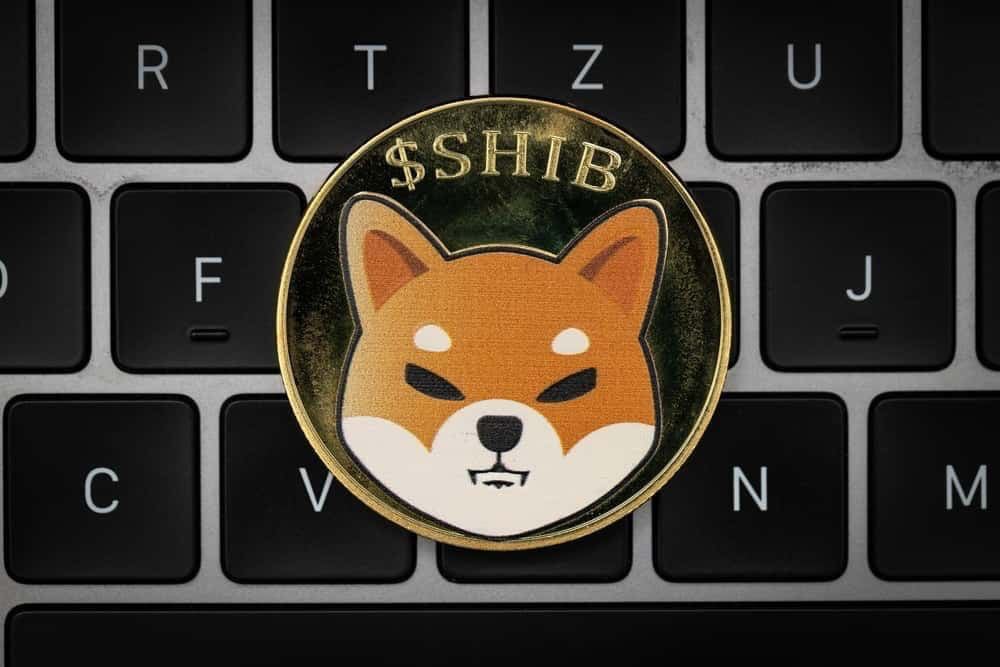|
Getting your Trinity Audio player ready...
|
- Solana(SOL) is a high-performance blockchain that is designed to be scalable, secure, and decentralized.
- Solana’s tokenomics are designed to incentivize network participation and security.
- Solana’s tokenomics have been praised by some for their innovation, but they have also been criticized by others for their inflationary nature.
What is Solana’s(SOL) tokenomics?
Solana’s tokenomics are designed to incentivize network participation and security. The SOL token is used to pay transaction fees, secure the network, and participate in governance.
Is Solana supply unlimited?
No, Solana’s supply is limited to 489 million SOL. Of this, 16 million SOL were pre-allocated to the Solana Foundation, 12 million SOL were allocated to early investors, and the remaining 461 million SOL will be released over time through a combination of inflation and staking rewards.
How many is the total supply of Solana?
As of March 8, 2023, the total supply of Solana is 309 million SOL. Of this, 16 million SOL are held by the Solana Foundation, 12 million SOL are held by early investors, and the remaining 281 million SOL are circulating.
Is Solana coin deflationary?
Solana is not deflationary. The Solana network has a fixed inflation rate of 8%. This means that the supply of SOL will increase by 8% each year. However, the inflation rate will decrease by 15% each year, so the supply of SOL will eventually reach a steady state.
Is Solana token inflationary?
Yes, Solana is inflationary. The Solana network has a fixed inflation rate of 8%. This means that the supply of SOL will increase by 8% each year. However, the inflation rate will decrease by 15% each year, so the supply of SOL will eventually reach a steady state.
Here are some of the benefits of Solana’s tokenomics:
- The fixed inflation rate provides a predictable source of revenue for the Solana Foundation and early investors.
- The staking rewards incentivize network participation and security.
- The governance mechanism allows token holders to have a say in the future of the Solana network.
Here are some of the drawbacks of Solana’s tokenomics:
- The inflation rate could lead to a decrease in the value of Solana over time.
- The staking rewards could lead to centralization of the network.
- The governance mechanism could be complex and difficult to use.
Overall, Solana’s tokenomics are designed to incentivize network participation and security. The fixed inflation rate provides a predictable source of revenue for the Solana Foundation and early investors. The staking rewards incentivize network participation and security. The governance mechanism allows token holders to have a say in the future of the Solana network.
Here are some additional thoughts on the future of Solana’s tokenomics:
- The Solana Foundation could use the revenue from inflation to fund development of the Solana network.
- The Solana Foundation could use the revenue from inflation to buy back Solana tokens, which would reduce the supply and increase the value of Solana.
- The Solana Foundation could use the revenue from inflation to fund grants to developers who build on the Solana network.
The future of Solana’s tokenomics is bright. The Solana Foundation has a strong track record of managing inflation, and the staking rewards have helped to decentralize the network. The governance mechanism is still in its early stages, but it has the potential to give token holders a real say in the future of the Solana network.
Also read 5 Ways to Get Involved in Solana Today
I’m the cryptocurrency guy who loves breaking down blockchain complexity into bite-sized nuggets anyone can digest. After spending 5+ years analyzing this space, I’ve got a knack for disentangling crypto conundrums and financial markets.




